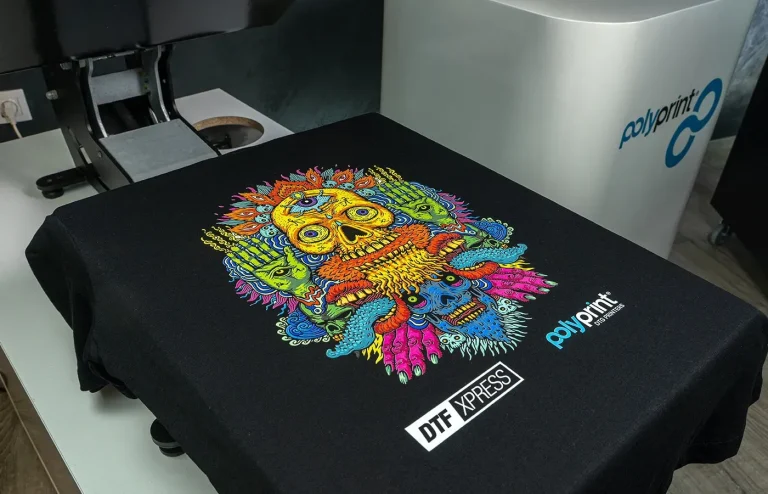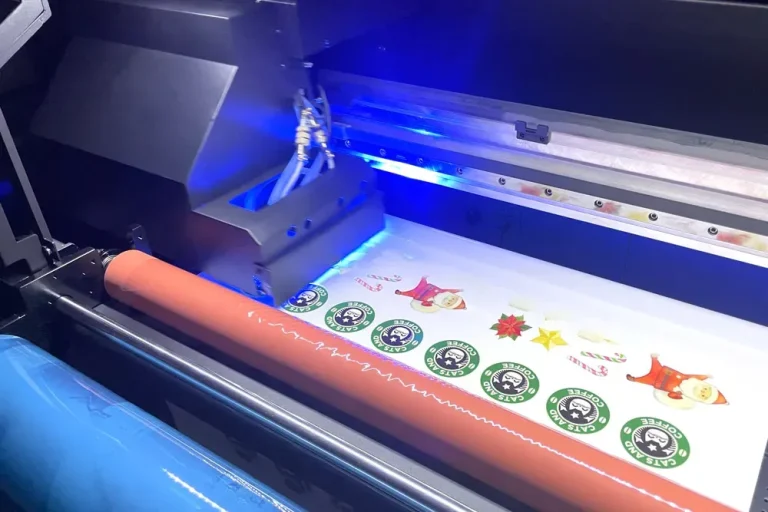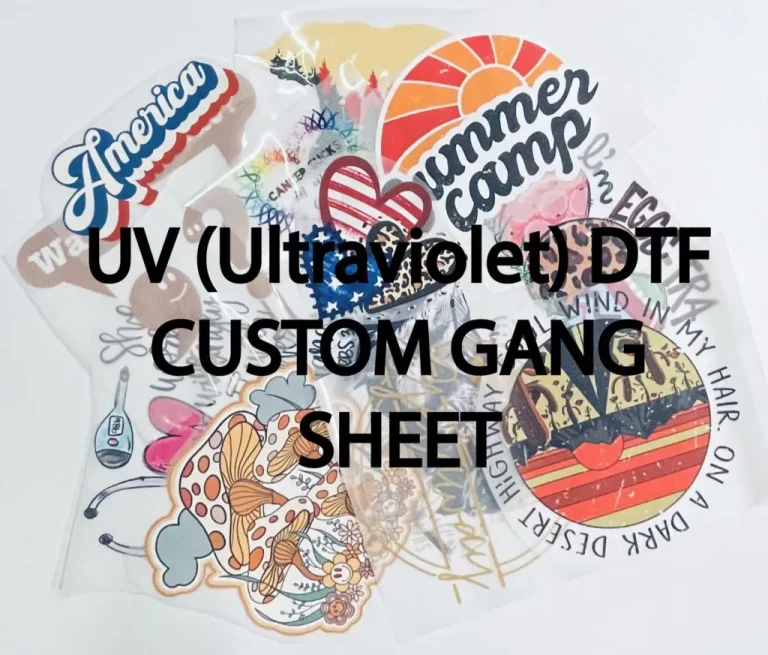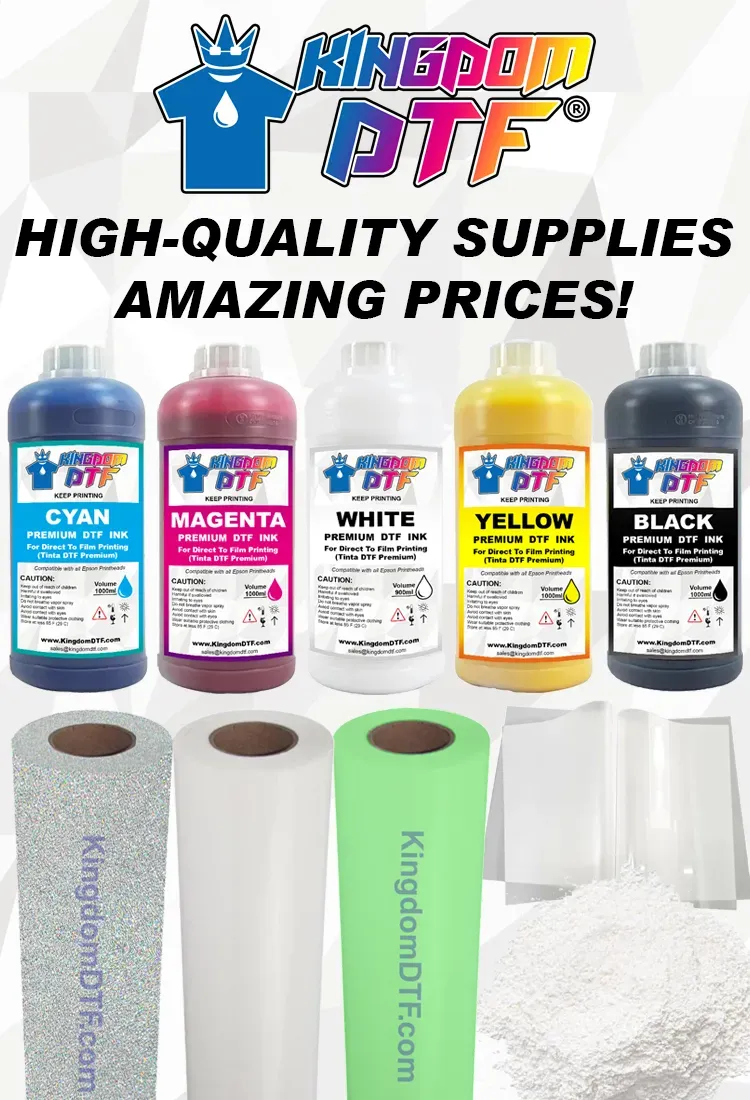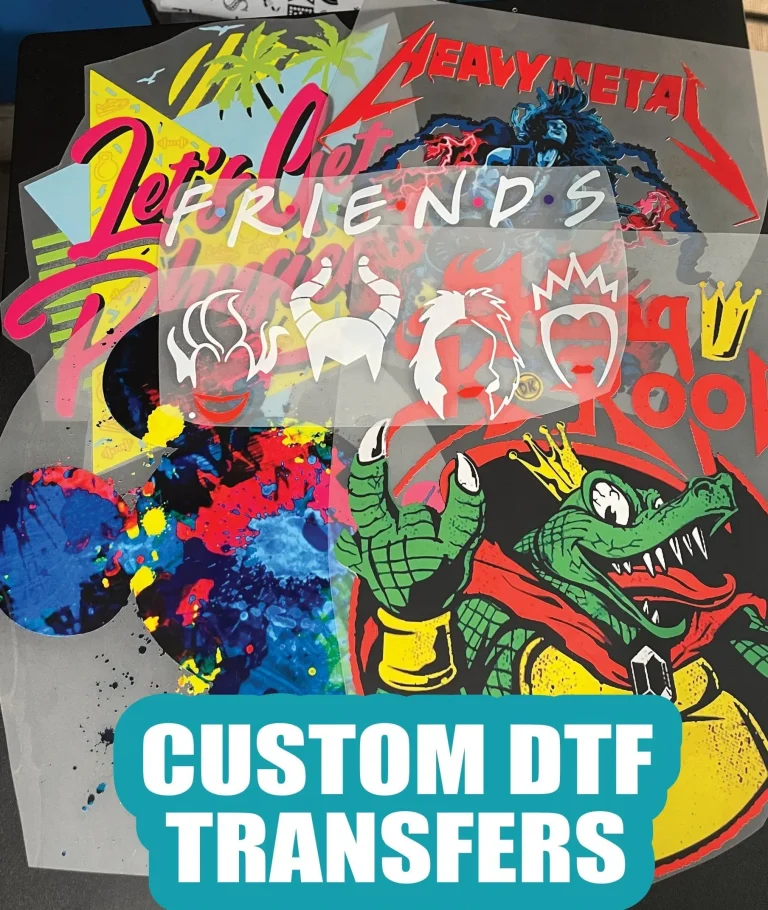UV DTF Printing vs Traditional Printing: Which is Best?
In the ever-evolving landscape of printing technology, UV DTF printing emerges as a revolutionary method that is reshaping the industry. Unlike traditional printing methods, UV DTF (Direct-to-Film) offers remarkable versatility and efficiency, allowing for high-quality prints on a wide array of materials. This innovation utilizes specialized UV inks that cure instantly, ensuring vibrant color reproduction and exceptional detail. As businesses explore print quality comparisons, the benefits of UV DTF become evident, particularly when stacked against classic techniques. With an increasing emphasis on speed and adaptability, UV DTF printing positions itself as a game-changer for modern production needs.
Also recognized as UV Direct-to-Film technology, UV DTF printing revolutionizes the way we approach print solutions. This modern technique stands in stark contrast to traditional methods, such as screen printing or offset, which have long dictated the limitations of material compatibility and production timelines. By embracing cutting-edge solutions, UV DTF not only enhances print quality but also broadens the spectrum of creative possibilities. The economic edge provided through quicker turnarounds and minimal waste further highlights its effectiveness. As industries seek innovative alternatives, the evolution from conventional printing to advanced options like UV DTF illustrates the significant shifts in market demands.
Exploring the Advantages of UV DTF Printing
UV DTF printing stands out due to its innovative approach to print production. This technique utilizes advanced UV curing technology, which allows for immediate drying and enhances the versatility of material compatibility. Unlike traditional printing methods that primarily focus on textiles, UV DTF can seamlessly print on various substrates such as metal, glass, and wood. This flexibility opens doors to an array of products that businesses can offer, appealing to a broader customer base and enhancing market reach.
Furthermore, the benefits of UV DTF extend beyond mere material compatibility. The technology supports vibrant color reproduction and detailed designs, catering to contemporary aesthetic demands. The instant curing process eliminates common issues associated with traditional methods, such as smudging or color bleed, resulting in high-quality outputs. As such, UV DTF printing represents a critical advancement in printing technology, providing businesses with a competitive edge and ample opportunities for creativity.
Speed and Efficiency: A Comparative Analysis
When assessing the speed and efficiency of UV DTF against traditional printing methods, it becomes clear that the former excels significantly. UV DTF requires minimal setup time, which leads to a considerable reduction in overall production time. The process allows for rapid color application and immediate curing, enabling businesses to fulfill orders more swiftly than ever. This efficiency is particularly beneficial for meeting tight deadlines in today’s fast-paced market.
In contrast, traditional printing techniques often involve multi-step processes, including preparation, color mixing, and drying periods. For instance, screen printing can require extensive labor and time investment due to its dependency on heat curing. By adopting UV DTF technology, businesses can optimize their workflow, decrease lead times, and increase output, making it a smart choice for companies looking to maximize efficiency.
Quality Comparison: UV DTF vs. Traditional Printing
Quality is a vital aspect when choosing a printing technology, and UV DTF printing significantly outperforms traditional methods in this regard. Utilizing specialized UV inks, UV DTF ensures that prints maintain their vibrancy and sharpness, even for intricate designs. The instant curing characteristic helps preserve the integrity of designs, leading to more consistent and high-quality results. This can be particularly advantageous for businesses seeking to produce premium products that stand out in a competitive market.
On the other hand, traditional printing approaches can encounter challenges such as color fading or inconsistencies caused by environmental factors during the drying process. Variations in ink quality from different batches can further compromise print outcomes. Therefore, while traditional methods have been tried and tested, they may not achieve the precision and quality levels that modern consumers expect, making UV DTF the preferred option for quality-driven projects.
Unveiling the Color Capabilities of UV DTF Printing
The capability to produce a wider color spectrum is one of the hallmark features of UV DTF printing technology. Advances in the machinery and ink formulations have made it possible for UV DTF printers to deliver vibrant, complex colors that were previously challenging to achieve with traditional printing methods. This comprehensive color gamut allows for dynamic design possibilities, appealing to consumer preferences for unique and eye-catching products.
In comparison, traditional printing may struggle with color matching and achieving the desired vibrancy, especially on certain fabrics. The limitations imposed by the ink and surface preparation can hinder the ability to replicate intricate designs accurately. With UV DTF, businesses can explore multi-color themes and gradients effortlessly, providing customers with visually stunning products that capture attention more effectively than ever before.
Economic Considerations in Choosing Printing Technologies
When evaluating the economic implications of printing technologies, businesses must consider both initial investments and long-term profitability. UV DTF printers often require a higher upfront investment compared to traditional models. However, the advantages of reduced operational costs and material waste can often offset these initial expenses. For many companies, the cost savings associated with faster production times and broader material compatibility lead to enhanced profitability over time.
Moreover, the quick return on investment enabled by UV DTF printing cannot be overlooked. The technology’s efficiency means less time spent on each project, translating to increased output in a shorter timeframe. In an industry where every minute counts, adopting UV DTF can greatly influence a company’s financial health by optimizing resource use and streamlining operations.
Integration of UV DTF in Modern Business Practices
Integrating UV DTF printing into modern business practices offers various strategic benefits that align with current market trends. As consumer demands continue to evolve, businesses must adapt by adopting versatile and quality-oriented printing technologies. By leveraging UV DTF, companies can innovate their product lines and respond to diverse customer needs, ensuring they remain competitive in a rapidly changing environment.
Additionally, adopting UV DTF technology illustrates a commitment to quality and efficiency, which can enhance a brand’s reputation. Customers are increasingly drawn to brands that prioritize high-quality prints and sustainable practices. Therefore, businesses that invest in UV DTF not only improve their operational capabilities but also position themselves as leaders in the market who embrace technological advancements for superior outcomes.
Frequently Asked Questions
What are the advantages of UV DTF printing over traditional printing methods?
UV DTF printing boasts significant advantages over traditional methods, primarily its versatility in material compatibility. It can print on both porous and non-porous surfaces, expanding product offerings beyond textiles. Additionally, UV DTF offers fast production speeds due to instant curing of prints, resulting in quicker turnaround times compared to traditional printing methods which often require extensive drying and setup. This technology also enhances print quality, achieving sharper details and vibrant colors that may be challenging for traditional methods.
How does UV DTF printing compare in print quality to traditional printing?
In print quality comparison, UV DTF printing excels by utilizing specialized UV inks that cure instantly, delivering sharp details and vibrant colors. Traditional printing methods can sometimes struggle with consistency and color vibrance, leading to discrepancies in the final output. As a result, businesses that choose UV DTF often achieve higher quality prints with intricate designs that are less prone to fading or distortion.
Can UV DTF printing be used on various materials like traditional printing methods?
Yes, one of the key benefits of UV DTF printing is its ability to print on a wide range of materials, including wood, metal, plastics, glass, and fabrics. This broad material compatibility sets UV DTF apart from traditional printing methods, which often have limitations based on the type of substrates they can accommodate. This versatility makes UV DTF a preferable choice for businesses looking to diversify their product offerings.
What economic advantages does UV DTF printing provide compared to traditional printing techniques?
While UV DTF printing may require a higher initial investment than traditional printing techniques, it offers significant long-term economic advantages. The instant drying process reduces operational costs by minimizing material waste and labor, leading to faster production and improved profit margins. Businesses can recoup their investment more quickly due to enhanced efficiency and versatile printing capabilities.
How do the color capabilities of UV DTF printing differ from traditional printing methods?
UV DTF printing is celebrated for its enhanced color capabilities, enabling a wider gamut that allows for the creation of intricate and vibrant designs. In contrast, traditional printing methods may challenge achieving precise color matching and vibrance, particularly on varied materials. UV DTF’s innovative ink technology simplifies color application, offering a distinctive edge in modern design.
Is UV DTF printing suitable for quick turnaround times in production?
Absolutely! UV DTF printing is particularly suitable for quick turnaround times due to its instant curing process. This feature allows prints to dry immediately upon application, eliminating lengthy drying times associated with traditional printing methods. As a result, businesses can fulfill orders more rapidly, enhancing overall productivity and customer satisfaction.
| Aspect | UV DTF Printing | Traditional Printing Methods |
|---|---|---|
| Versatility and Material Compatibility | Prints on various materials including wood, metal, plastics, and glass. | Limited to specific materials like fabrics, restricting product range. |
| Production Speed and Efficiency | Instant curing, allowing for immediate drying and quick turnarounds. | Longer setups and heat curing processes slow down production times. |
| Print Quality and Detail | Maintains sharp details and vibrant colors with specialized UV inks. | Inconsistencies can arise due to variations in processes and materials. |
| Color Capabilities | Offers a broader color gamut and innovative multi-color systems. | Struggles with color matching and vibrancy, particularly on fabrics. |
| Economic Considerations | Higher upfront cost but offers long-term savings and quick ROI. | Lower initial investment but may incur higher operational costs in the long run. |
Summary
UV DTF printing presents a revolutionary shift in the printing landscape, offering unmatched versatility and efficiency that surpass traditional printing methods. As businesses seek to enhance their production capabilities, UV DTF technology emerges as a leading choice due to its ability to print on diverse materials, deliver rapid production times, and maintain exceptional print quality. By adopting UV DTF, companies can cater to a wider audience, streamline their processes, and achieve economic benefits that traditional methods cannot offer. In summary, UV DTF printing is not only a superior printing solution but also a strategic investment for businesses looking to innovate and exceed customer expectations in today’s dynamic market.


